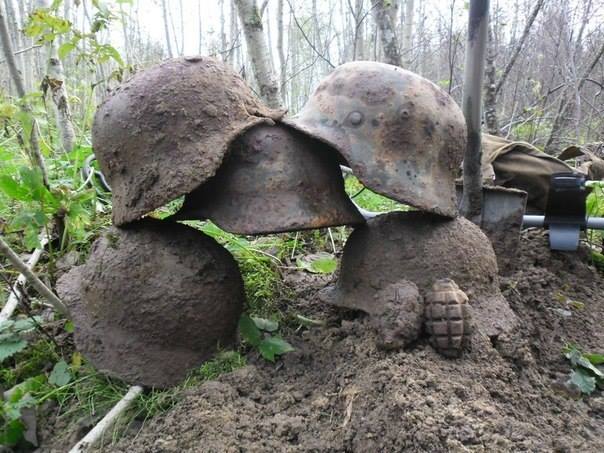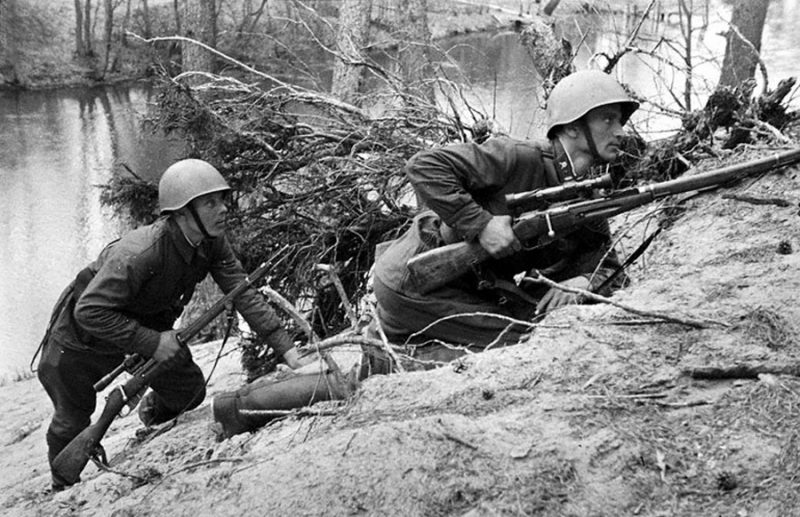For a historian commenting or writing about the events that unfolded leading up to the Second World War or during the conflict could only operate through a tunnel vision.
It is practically impossible to fathom and comprehend the decision-making process of the generals leading the armies.
One of the most peculiar characters of the Second World War was arguably the lesser of the two evils i.e. Josef Stalin. A friendly handshake with Nazis and receiving a sweet piece of the Polish cake from the Fuhrer meant Soviets would fight alongside the Nazis, however, after realizing that the tide of the war turned in the favours of the allies, Stalin switched sides and gambled with the lives of his troops on the border.
Out of the millions of deaths in the Second World War, 26 million perished on the eastern front of the war; the loss of the staggering number of young men in defence of the Russian territory still echoes in Russia’s collective conscious.
Hitler had a peculiar reputation in terms of breaking promises and treaties; a fact that Stalin kept at the back of his mind all through his good times with the Fuhrer.
Stalin did not really want to engage with Hitler’s well equipped and highly modernized army; an army that had been preparing for such an endeavour for a good few years before the World War broke out.
This is precisely what Hitler might have thought before deciding to stab Stalin in the back and launching the infamous operation Barbarossa.

Historically, both the Fuhrer of the Reich and Stalin underestimated the resilience of the Soviet soldiers, despite being slaughtered in their millions, Russian soldiers defended the territory especially St Petersburg then known as the Leningrad.
Now a group of volunteers are trekking up and down the forests around the old Leningrad in search of the remains of those who perished fighting against the Nazis.
This is no easy task, explained one of the members of the search group, who said that there are no known records of the various battle sites that took place in and around the old Leningrad.
After the end of Second World War, Soviet authorities launched a sort of secret plan to bury the extent of life loss on the eastern front under piles of paperwork.
There were projects sanctioned to various independent contractors to bury any exposed remains in the regions in order to shift the focus of the people to other important matters.
The body hunters now have to sift through tons of soil to reach the soldiers, a task that sometimes poses serious threats.
The searching parties often report about the bodies they recover with whole bags of live grenades and other ammunition still lying with the bodies; one wrong move could result in the loss of life.
Despite being exposed to such uncertainty these search groups anonymously search for the lost soldiers in the forests of St Petersburg to bring peace to the families and most importantly to pay tribute to these fallen and long forgotten Russian soldiers.
